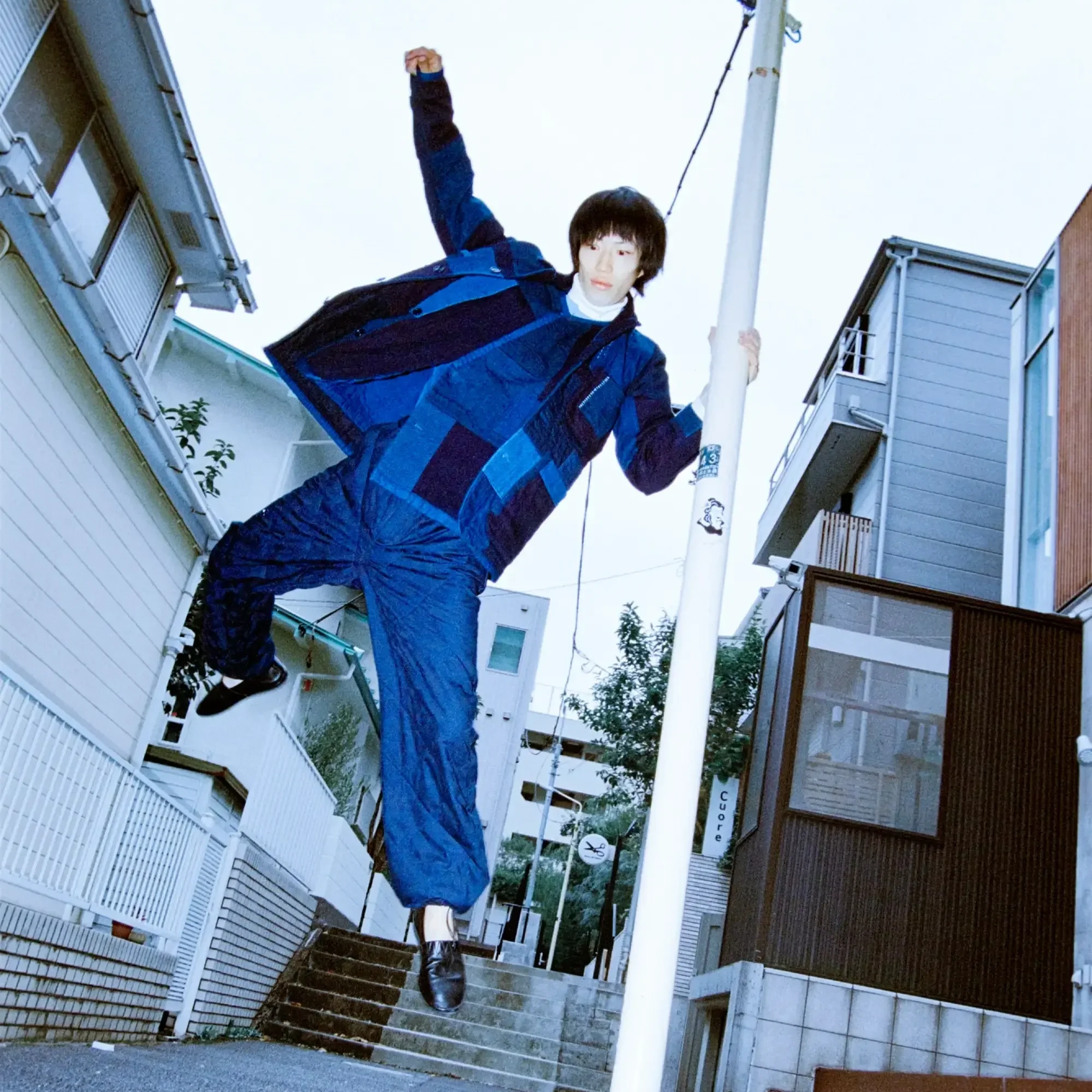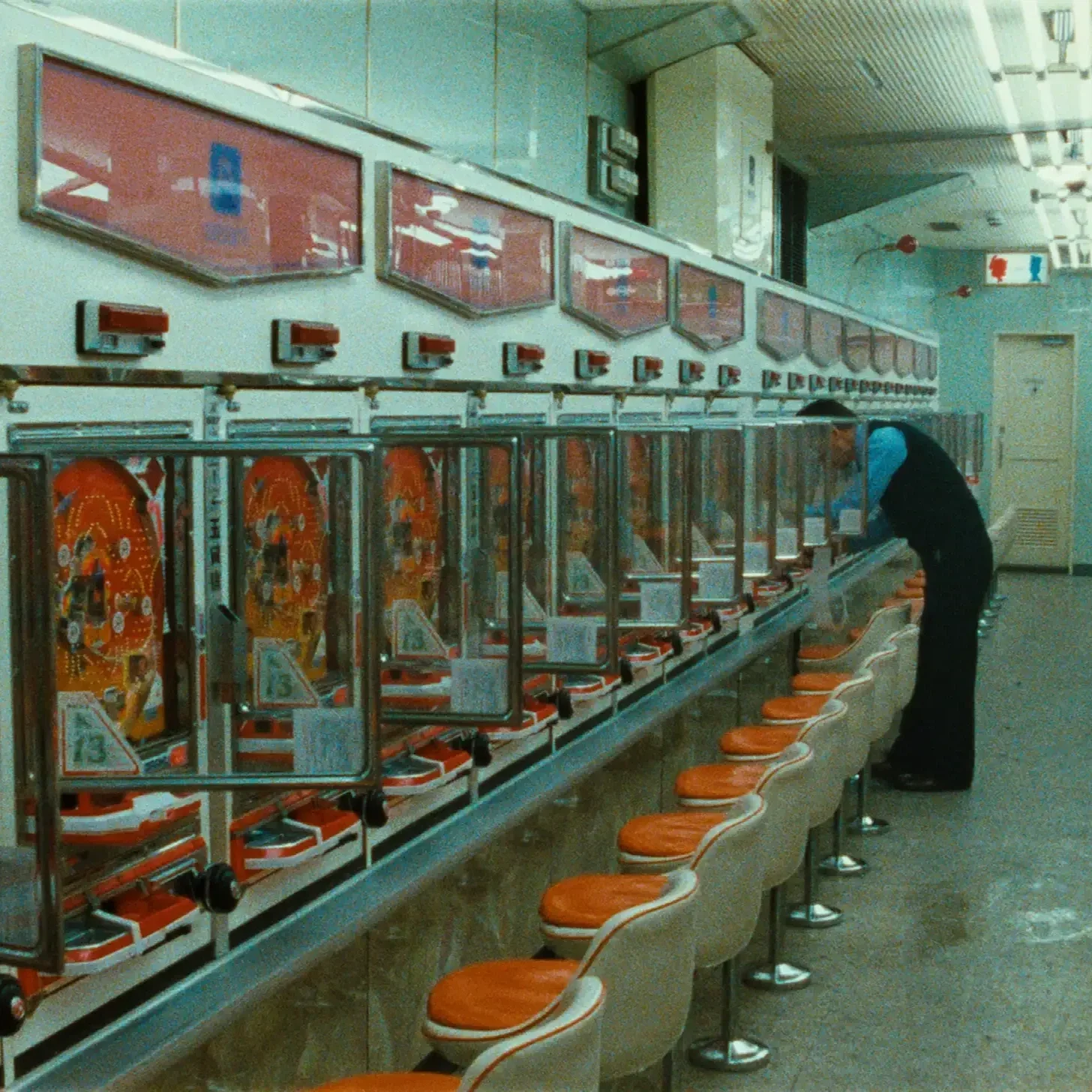What is Decora Fashion - A Kaleidoscope of Kawaii Culture
What happens when you take the chaos of childhood dreams and turn it into a wearable art form? Decora kei answers that question with an explosion of color, texture, and unapologetic individuality. To truly understand the Decora meaning, you must dive into its essence: a bold rejection of societal norms through layers of accessories, vibrant hues, and playful creativity.
Born in the late 1990s on Harajuku’s Takeshita Street, this iconic style became the epitome of Harajuku’s Decora culture, fueled by the playful defiance captured in FRUiTS magazine and nurtured by icons like Sebastian Masuda of 6%DOKIDOKI. But how do we define Decora beyond its visual appeal? It’s not just a fashion—it’s a rebellion wrapped in rainbows, a joyful antidote to Japan’s often uniform social structure. This article unravels the Decora definition by exploring its origins and its lasting impact on fashion, art, and global pop culture.
In this article
The Birth of Decora
The Anatomy of Decora
Substyles
Why Decora?
A Global Phenomenon
Decora in the Modern Era
The Everlasting Sparkle of Decora
The Birth of Decora
Harajuku’s Playground of Self-Expression
The 1990s marked a seismic shift in Japanese youth culture, a decade when Harajuku transformed from a hub of high-end fashion into a playground for unbridled creativity. During the 90s, streetwear was on its way to take center stage in the street of Harajuku, shaping the iconic Ura-Harajuku culture helmed by names like NIGO and Hiroshi Fujiwara. But Harajuku wasn’t all about cool streetwear. Against a backdrop of Japan’s rigid social rules and economic stagnation, young people reclaimed the area’s main avenue, Takeshita Street, and used it as a canvas for self-expression, where no idea was too bold or too chaotic. It was in this vibrant, boundary-pushing environment that Decora kei was born—a style that didn’t just embrace excess, but celebrated it with candy-colored zeal.
At the heart of the rise of Decora as a fashion style was Tomoe Shinohara, a pop culture phenomenon who redefined what it meant to be kawaii. Shinohara’s layered, clashing outfits became a blueprint for Decora in Japan. Her fans, the Shinorers, turned her offbeat aesthetic into a movement, unknowingly laying the groundwork for what would evolve into Decora fashion. Shinohara challenged the expectations of femininity, urging her followers to embrace individuality over conformity.
In 1995 one store emerged that changed the Decora game forever. Founded by Sebastian Masuda, 6% DOKIDOKI was equal parts boutique, parts technicolor dreamscape, quickly becoming a shrine for Harajuku’s wildest dreams, with its shelves overflowing with neon accessories, oversized charms, and the most colorful clothing. The shop became a gathering place for Harajuku’s most colorful personalities.
Decora truly came into its own by the late 1990s, as Shoichi Aoki’s FRUiTS magazine began capturing the creative energy of Harajuku’s streets. The magazine gave legitimacy to what was once considered eccentric or fringe. Decora, with its avalanche of accessories and unapologetically cheerful colors, became a recurring highlight. Through the lens of FRUiTS, the style evolved from a quirky trend into a fully-fledged lifestyle—a radiant burst of optimism against the gray backdrop of societal norms.
FRUiTS 1998│via FRUiTS Magazine Archive│© Shoichi Aoki
The Anatomy of Decora - More Is Always More
To understand what Decora means in fashion, look no further than its guiding principle: “more is more.” At first glance, a Decora ensemble might seem like pure chaos, but beneath the dazzling layers lies a deliberate form of self-expression. Every detail is a curated piece of a larger story, a wearable art form where the philosophy of “more is more” reigns supreme. Let’s dissect the elements that make up the visual aesthetic of decora fashion:
1. Accessories, Accessories, Accessories
If Decora has a soul, it resides in its accessories. Hair clips, bows, pins, bracelets, necklaces, and rings are not just adornments—they’re the centerpiece. These trinkets, often featuring kawaii motifs like stars, hearts, and beloved characters such as Hello Kitty or Little Twin Stars, are layered in exuberant abundance. The goal? Visual overload, where the sheer quantity becomes the statement. A single Decora outfit can hold dozens, if not hundreds, of these playful pieces, transforming the wearer into a walking treasure trove of whimsy.
2. Playful Layering
Decora fashion treats layering as an art form. Skirts over leggings, graphic tops under patterned cardigans, and clashing prints like polka dots and stripes combine to create a textured symphony of patterns. Cartoon characters mingle with florals and checkerboards in an unapologetic embrace of childlike chaos. Matching is an afterthought; instead, the focus is on building a playful, exuberant silhouette that feels alive with energy.
3. Makeup and Hairstyles
Decora hairstyles are as integral to the look as the clothes themselves. Bangs, twin tails, and short bobs are common bases, but the real magic happens with the addition of accessories. Hairclips are layered until the hair becomes an explosion of color, almost a work of sculpture. While the makeup remains subtle—often a fresh, dewy face accented with glitter or stickers—the hair takes on the responsibility of stealing the spotlight.
4. Bright Palette
Color is everything in Decora. Neon pinks, blues, yellows, and greens dance alongside pastel hues, creating a chaotic harmony that feels playful and nostalgic. This fearless use of color reflects the subculture’s ethos: bold, unfiltered joy. While there’s no rigid color code, the palette almost always leans toward the cheerful and optimistic, capturing the unrelenting positivity that defines Decora.
© 雑煮 &Toyboy Daigo
Substyles - The Evolution of Decora
As Decora kei gained traction, its boundless creativity gave birth to various substyles, each tailored to different tastes and personalities. These offshoots not only expanded the movement’s appeal but highlighted its adaptability, proving that there’s room for reinvention even within the maximalist ethos of Decora. Here’s an introduction to Decora’s multifaceted substyles:
Pink Decora - The Quintessence of Sweetness
Bathed in a spectrum of blush, bubblegum, and fuchsia, Pink Decora embodies the sugary core of kawaii culture. This substyle amplifies hyper-femininity, creating a look that feels like stepping into a cotton candy dream. Accessories lean heavily on motifs like hearts, bows, and beloved characters like My Melody.
Dark Decora - Where Playful Meets Gothic
Dark Decora introduces an edgier side to the typically cheerful aesthetic. Black, deep purples and midnight blues replace the neon hues, blending Decora’s layered, accessory-heavy style with gothic undertones. Think chokers adorned with skulls, spider web motifs, and a slightly mischievous vibe that nods to Harajuku’s broader punk influences. It’s Decora but with a touch of shadow.
Casual Decora - Maximalism Made Practical
For those who love Decora’s boldness but seek everyday wearability, casual Decora offers a more restrained interpretation. The layers and accessories are toned down, but the essence remains—bright colors, playful patterns, and a handful of signature accessories.
Decora Lolita - A Whimsical Fusion
Born from the intersection of two iconic subcultures, Decora Lolita marries the structured elegance of Lolita fashion with the chaotic joy of Decora. Victorian-inspired dresses and petticoats are adorned with layers of colorful clips, bracelets, and plush accessories. It becomes a delightful collision of opposites.
Why Decora? The Philosophy Behind the Glitter
Decora is more than an explosion of color and accessories—it’s a rebellion wrapped in cuteness, a manifesto of individuality in a society that often prizes conformity. In Japan, where social norms lean heavily on harmony and collective identity, Decora disrupts the narrative with its unfiltered joy and unapologetic excess. By embracing a childlike aesthetic, Decora practitioners push back against the rigid expectations of adulthood, reclaiming innocence as a source of power and freedom.
This movement is about celebrating the self in ways that feel bold, playful, and untamed. This philosophy is deeply ingrained in the community it fosters. Through their glitter-laden outfits, Decora enthusiasts remind the world that there’s beauty in standing out, power in choosing joy, and artistry in every carefully placed hairclip. It’s more than a style; it’s a movement that redefines what it means to belong.
A Global Phenomenon - Decora’s Impact Beyond Japan
Though Decora was born on the streets of Harajuku, its glittering tendrils have reached far beyond Japan, becoming a global touchstone for self-expression. The rise of social media platforms like Instagram, TikTok, and Pinterest transformed Decora from a local movement into an international phenomenon. Enthusiasts across continents share their ensembles online, trade tips on layering accessories, and connect over a mutual love for kawaii culture. These digital spaces have allowed Decora’s playful philosophy to transcend language and geography, creating a virtual Harajuku that exists anywhere there’s Wi-Fi.
In the West, designers like Jeremy Scott and brands like Moschino have embraced the movement’s maximalist aesthetic, weaving its chaotic charm into their high-fashion collections. Festival fashion, too, owes a debt to Decora, with its neon colors and layered accessories echoing the movement’s ethos.
Cultural events like the Japan Expo in Paris or Anime Expo in Los Angeles have become stages where Decora thrives as part of a larger celebration of Japanese pop culture. International fans put their spin on the style, adapting it to their local contexts while honoring its Harajuku roots. From France to the Philippines, Decora outfits showcase an incredible diversity of interpretations.
What began as a defiant expression of individuality in Japan has become a global language of self-expression, reminding us all that fashion isn’t just about what you wear—it’s about the story you tell.
Decora in the Modern Era - A Resurgence of Whimsy
Decora’s heyday may have been in the early 2000s, but its charm has proven timeless. Today, the style is undergoing a resurgence, fueled by nostalgia for Y2K fashion and the global connectivity of the internet. A new generation of enthusiasts has embraced Decora, finding joy in its unapologetically whimsical ethos. Online events like Decora Day—where participants around the world showcase their most extravagant looks—serve as a testament to the movement’s enduring appeal and adaptability in the digital age.
Brands and cultural icons are also playing a role in Decora’s revival. Sanrio, the powerhouse behind kawaii icons like Hello Kitty and My Melody, frequently collaborates with designers and influencers who channel Decora’s maximalist energy. Pop sensation Kyary Pamyu Pamyu, often regarded as a modern-day muse of Harajuku culture, blends Decora’s aesthetic with surreal music videos and performance art, reintroducing its candy-colored spirit to a massive audience.
This revival is a reclamation of joy and individuality in a world that often leans toward minimalism and monotony. In its modern form, Decora serves as both a nostalgic nod to its origins and a fresh, bold statement for a new era of self-expression.
The Everlasting Sparkle of Decora
What does Decora mean today? Decora is a glittering celebration of creativity born from the playful defiance of Harajuku’s streets. It has grown into a global movement, finding its way into the lives of different generations with its colorful charm. Decora’s enduring magic lies in its core philosophy: a love for joy, a rejection of monotony, and proof that sometimes, the boldest expressions are made with layers of color and sparkle.
Even as trends shift and minimalism dominates, Decora continues to shine, evolving with new generations while holding onto its spirit. Decora’s glitter may catch the eye, but its message stays with you: joy, individuality, and creativity will always be in style.











Decora Kei, the export of Tokyo’s most colorful district: Harajuku.